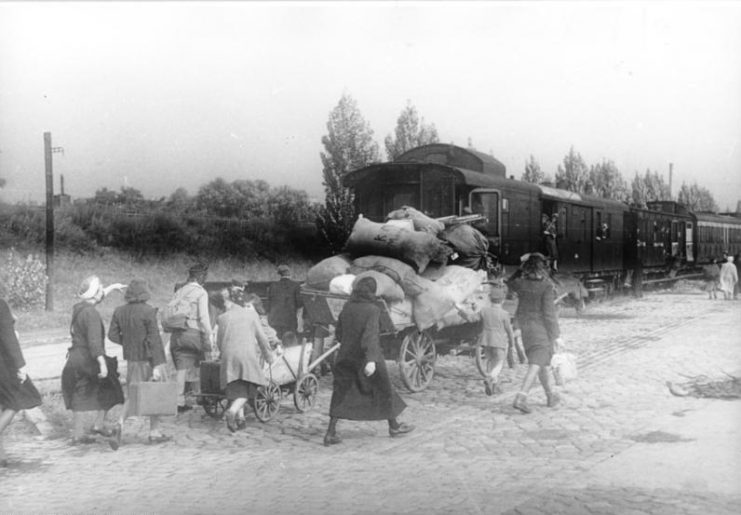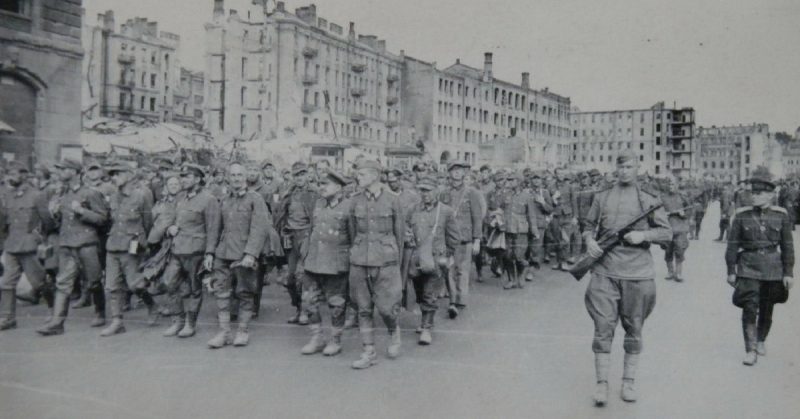Millions of casualties were incurred during WWII, but what about those who disappeared without a trace?
There are more than a million people unaccounted for in Germany, and for their relatives, it is a question that will never be answered. The head of the tracing service, the agency responsible for finding more than 20 million people since the end of the war, has advised the program, which is part of the German Red Cross, is planned to end in 2023.
According to a press release from Germany’s Interior Ministry, the success rate of finding missing people, is slowing down due to natural causes. Every year, there exists fewer and fewer known living survivors of the conflict. Some may not wish to be found, and others may not know their real identity.
The head of the Government program, Thomas Huber, has stated that almost 1.2 million people will remain missing, as due to the passage of time, the program is losing its purpose and ability to be effective.
According to the agency head, the decision to bring the tracing service to an end was made with the full agreement of the Interior Ministry. The decision has been made despite there still being an interest in people looking for missing relatives. According to the German Red Cross, nearly 8,000 inquiries were made in one year alone.

The requests come mainly from those who are missing a piece of their family tree, according to Thomas Huber. For the time being, cases will continue to be worked on. To date, the service has been incredibly useful finding nearly 300,000 people that were missing after the end of the war.
The agency was founded quickly after the end of WWII, due to the massive influx of missing person reports made to the German Government. The agency has dealt with finding nearly 20 million missing, including the dead and prisoners of war taken from the frontlines.
By 1959, the German section of the Red Cross had over 2 million cases under review. Since then, the service has continued its work bringing closure to families all over the country. In one example, the service was responsible for bringing two brothers, separated for 60 years, back together.
The German Red Cross tracing service has also been known to get involved with more recent missing person cases on behalf of the Interior Ministry. Towards this end, the agency receives nearly 14 million dollars in funding annually.

For anyone who has a reason to believe they have missing relatives in Germany, or that the authorities of that country may know about a missing person, the service is open to them. Currently, it is concerned mainly with the conflicts in Afghanistan, Somalia, and Syria as refugees have fled those countries and their relatives have lost contact during their resettlement.
Germany is especially welcoming to those immigrants, with nearly a million arriving every year since the new immigration law came into effect in January 2005. The missing person cases that currently face the German country are more than likely to continue into the future.
It seems that the Red Cross and the Government’s time tracking down missing persons is far from over, even if it closes the door on its WWII efforts for good in the next five years.
